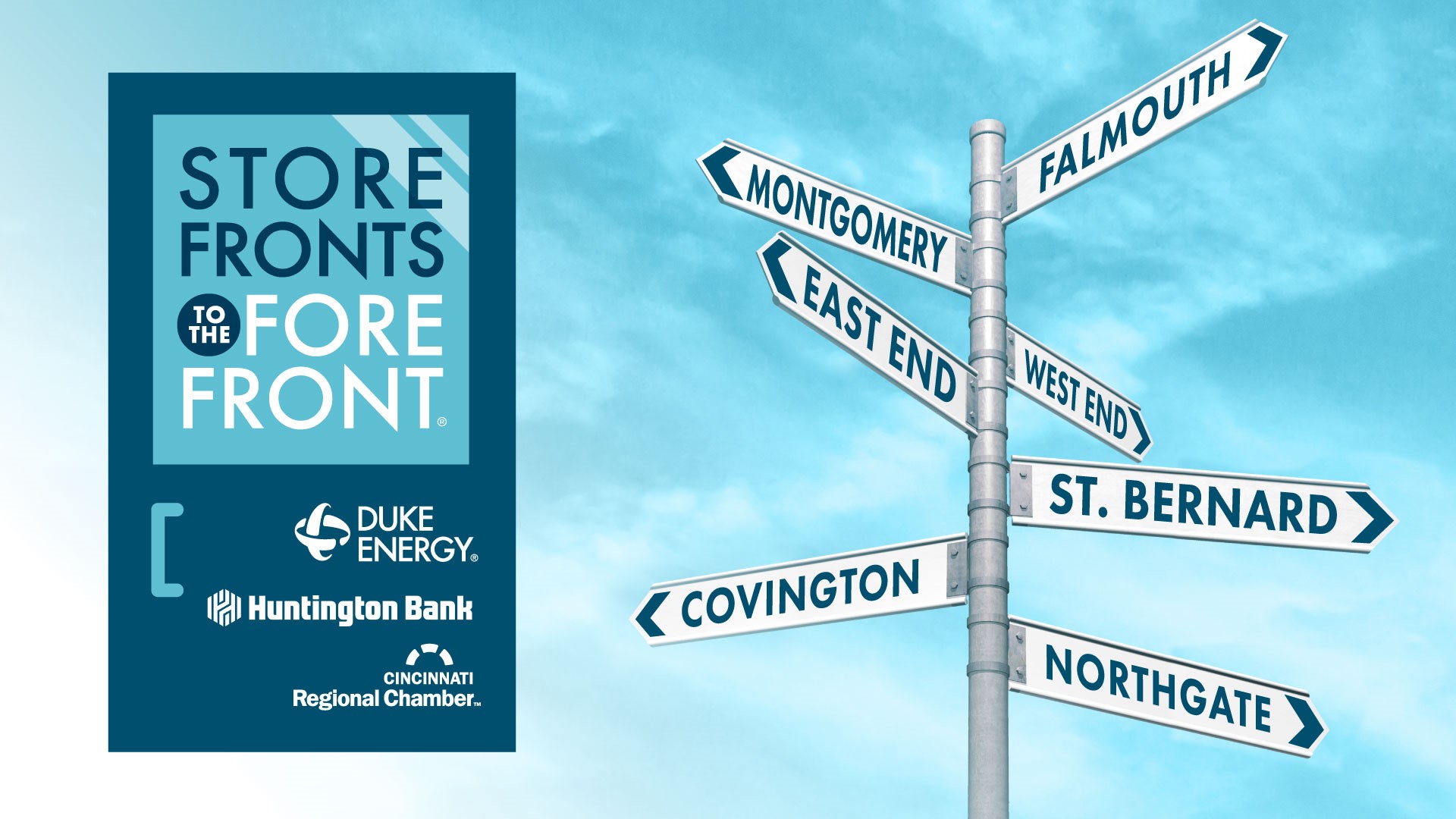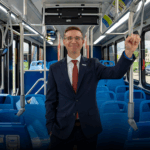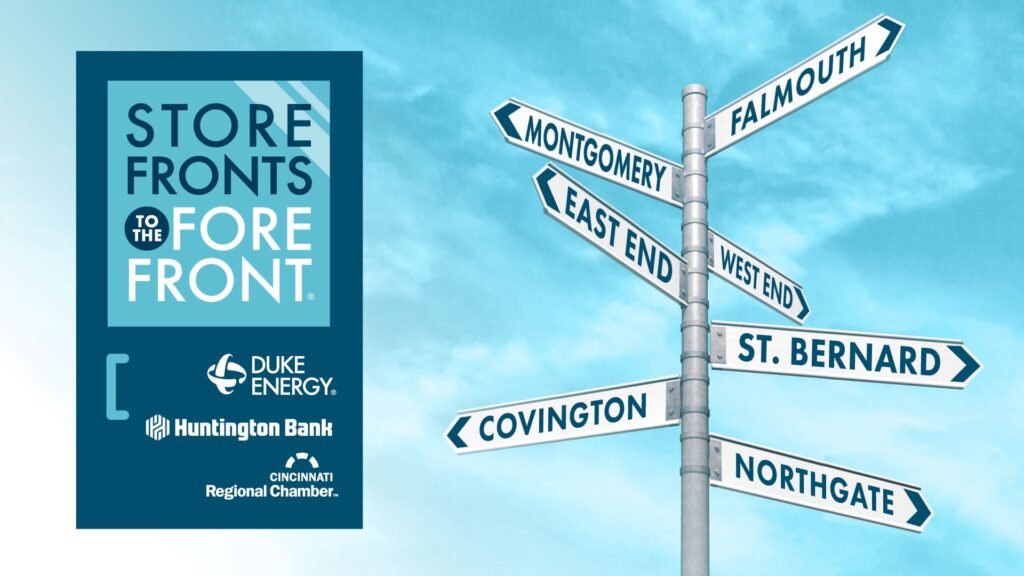Cincinnati City Council Candidate Review
As we have long done, the Cincinnati Regional Chamber conducted a review of the candidates for Cincinnati City Council. Our goal is to help our members and the general public understand the alignment of the candidates with the Chamber’s mission, vision, and policy agenda.
This year, the Chamber convened a group of our members to review questionnaires, interview all 10 candidates, and share their perspective on the each of them based on those two inputs. Since this field also includes nine incumbents, the Chamber also factored in the voting records of the incumbents over the last two years.
Below is information regarding the Candidates stances on pressing issues facing our region, as well as the Chamber’s perspective on the 2023 Cincinnati City Council Candidates:
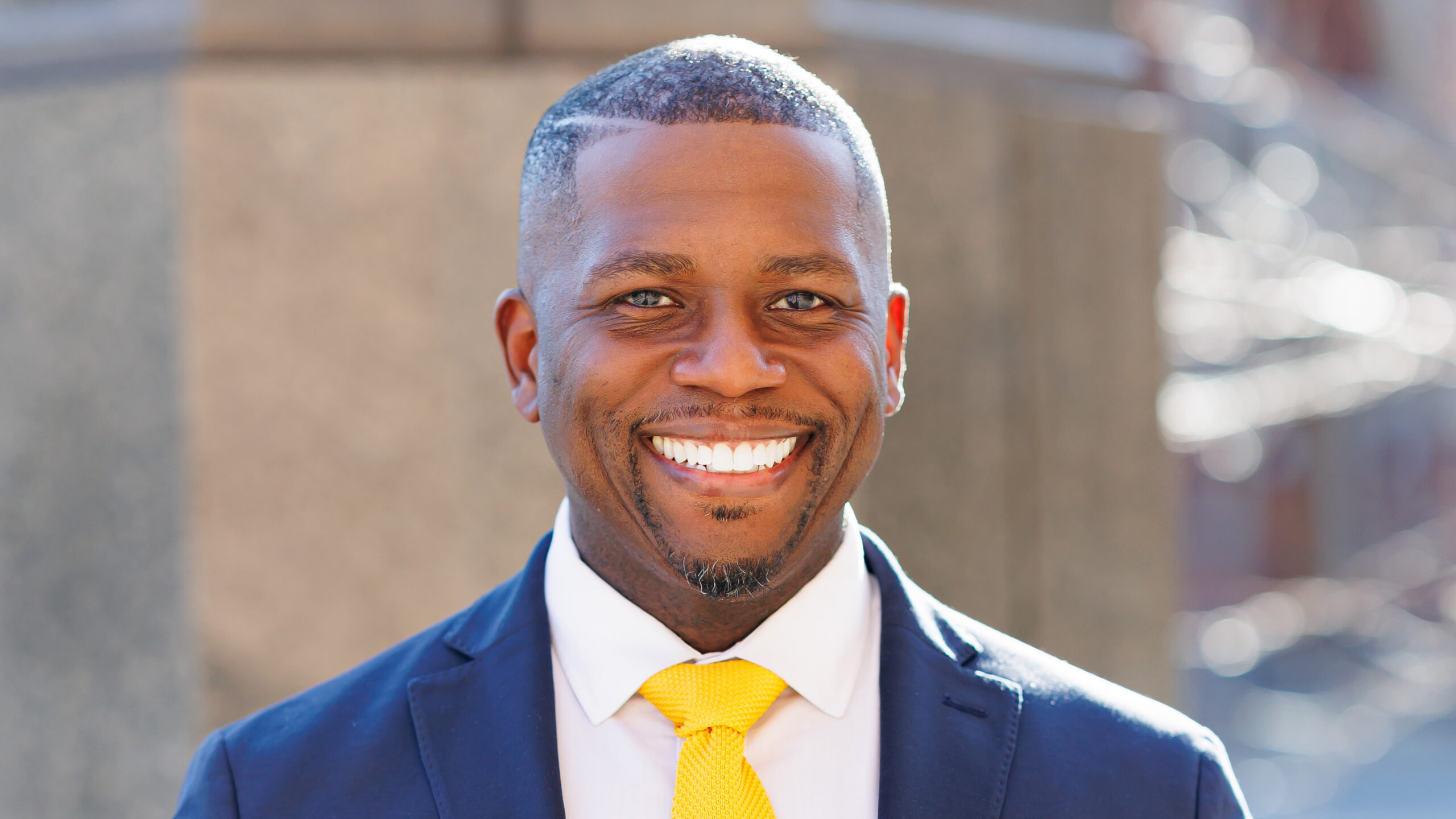
REGGIE HARRIS
- Partnered with the business community to streamline the development process for affordable housing projects.
- Led robust efforts to engage stakeholders and the community in development of comprehensive zoning reform.
- Drove efforts to create and support a pipeline of black developers to participate in Cincinnati’s economic renaissance.
- Effectively led Budget and Finance Committee and City budget process with a clear understanding of the City’s fiscal health.
Reggie Harris has embraced a partnership with leaders across the community to advance a pro-growth agenda. He engages meaningfully with experts – including the business community – to develop ambitious and effective policies that support housing production and affordability and create a more equitable city.
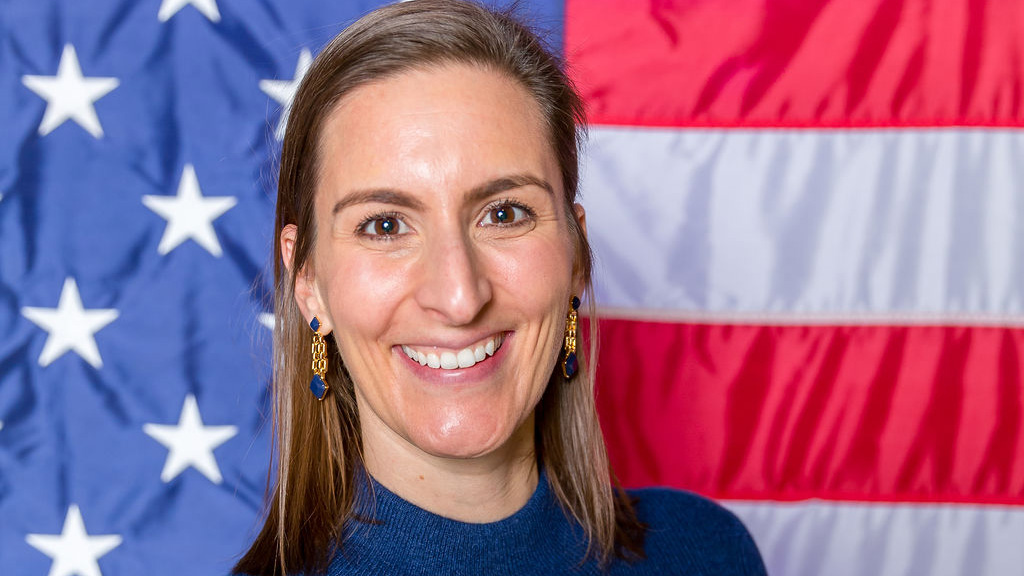
LIZ KEATING
- Courageously led efforts to reform the City’s zoning code to encourage additional housing development.
- Fought to keep the property tax rollback.
- Found ways to work productively across the aisle and focuses on oversight and transparency.
- Championed the innovation economy in Cincinnati, including embracing efficiencies in local government.
Liz Keating has been an incredible partner to the Chamber and effective advocate for the business community on Cincinnati City Council. Her ability to be an ‘unlikely ally’ with her colleagues and a voice of reason has made her a valued member of Council.

LIZ KEATING
- Courageously led efforts to reform the City’s zoning code to encourage additional housing development.
- Fought to keep the property tax rollback.
- Found ways to work productively across the aisle and focuses on oversight and transparency.
- Championed the innovation economy in Cincinnati, including embracing efficiencies in local government.
Liz Keating has been an incredible partner to the business community on Cincinnati City Council. She has proven to be an effective partner to the business community. Her ability to be an ‘unlikely ally’ with her colleagues and a voice of reason has made her a valued member of Council.

REGGIE HARRIS
- Partnered with the business community to streamline the development process for affordable housing projects .
- Led robust efforts to engage stakeholders and the community in development of comprehensive zoning reform.
- Drove efforts to create and support a pipeline of black developers to participate in Cincinnati’s economic renaissance.
- Effectively led Budget and Finance Committee and City budget process with a clear understanding of the City’s fiscal health.
Reggie Harris has embraced a partnership with leaders across the community to advance a pro-growth agenda. He engages meaningfully with experts – including the business community – to develop ambitious and effective policies that support housing production and affordability and create a more equitable city.

JEFF CRAMERDING
Jeff Cramerding has proven to be a critical thinker about fiscal responsibility around the City’s budget. As Chair of the Equitable Growth and Housing Committee he has shown a willingness to embrace policies that will expand the supply of housing across the City.

MARK JEFFREYS
We were encouraged by Mark's growth and perspective around housing, land use, and development during his first term. In his second term he has the opportunity to be a leader on quality-of-life issues that will support growth in Cincinnati neighborhoods.
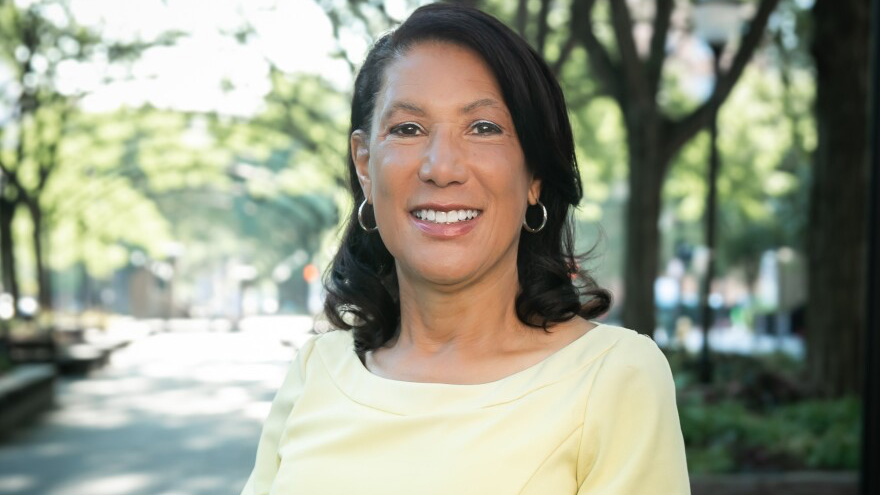
JAN-MICHELE LEMON KEARNEY
As a business owner herself, we appreciate the Vice Mayor's consistent engagement with small, minority, and women owned businesses. On issues related to development, we encourage the Vice Mayor to take a more consistent, pro-growth approach to policies in the next term.

MEEKA OWENS
Since joining Council, we have appreciated Meeka Owens’ willingness to engage with the business community in her work. Through this process we have gained confidence in her willingness to support pro-growth policies when they come before Council.
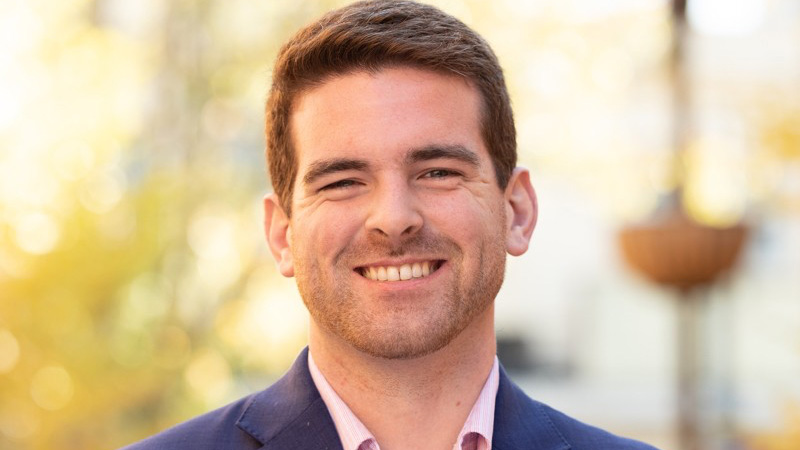
SETH WALSH
With his experience and background, Seth Walsh is likely to be a leader on pro-growth policies in his first full term on Council. We encourage Seth to continue to engage with business and civic leaders to gain a deeper understanding of how the City can be a tool for growth.
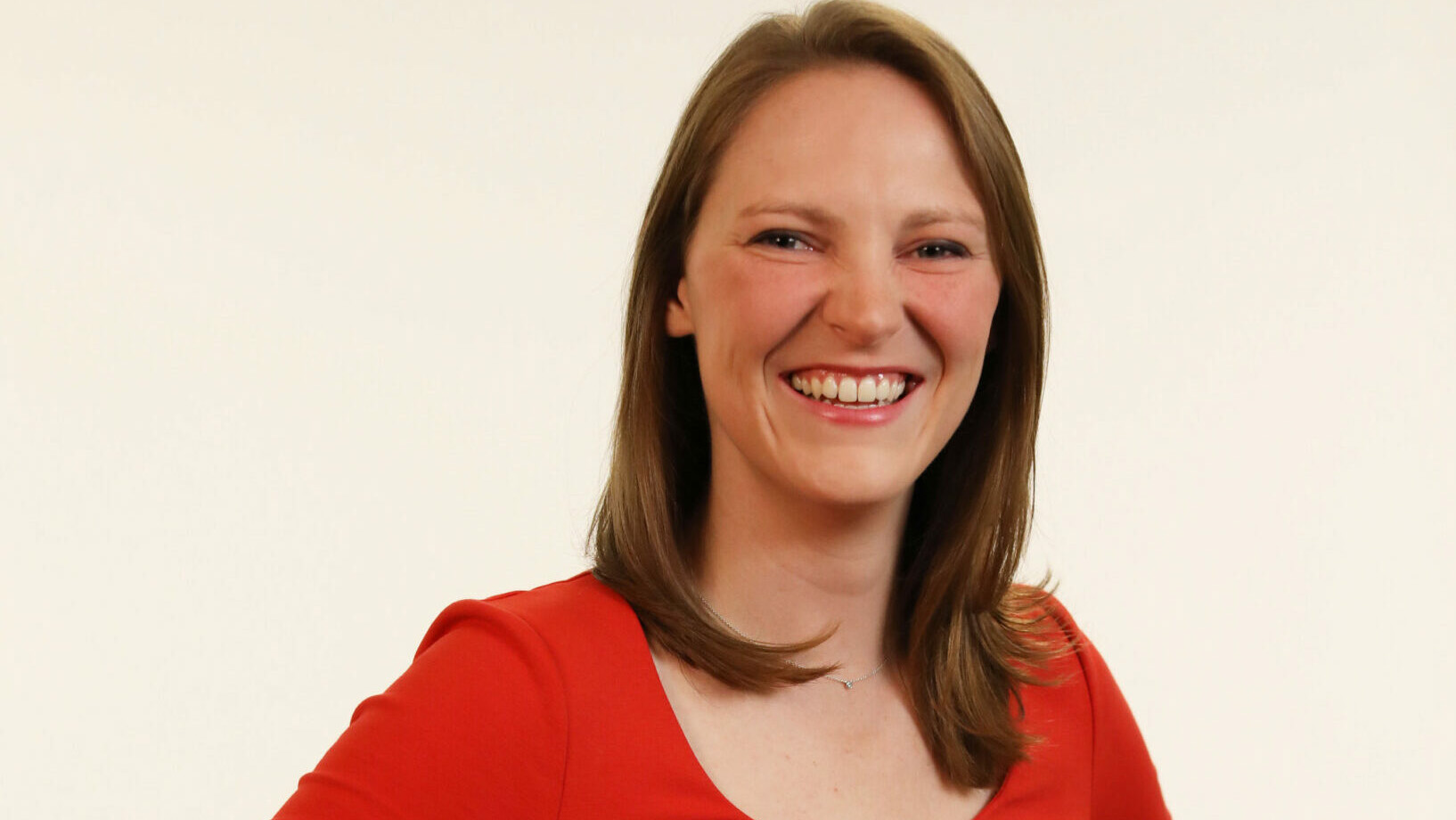
ANNA ALBI
We appreciated Anna Albi’s enthusiasm for the job. However, we encourage Anna to engage more business leaders to gain a better grasp of issues related to growth and development and the City’s finances.
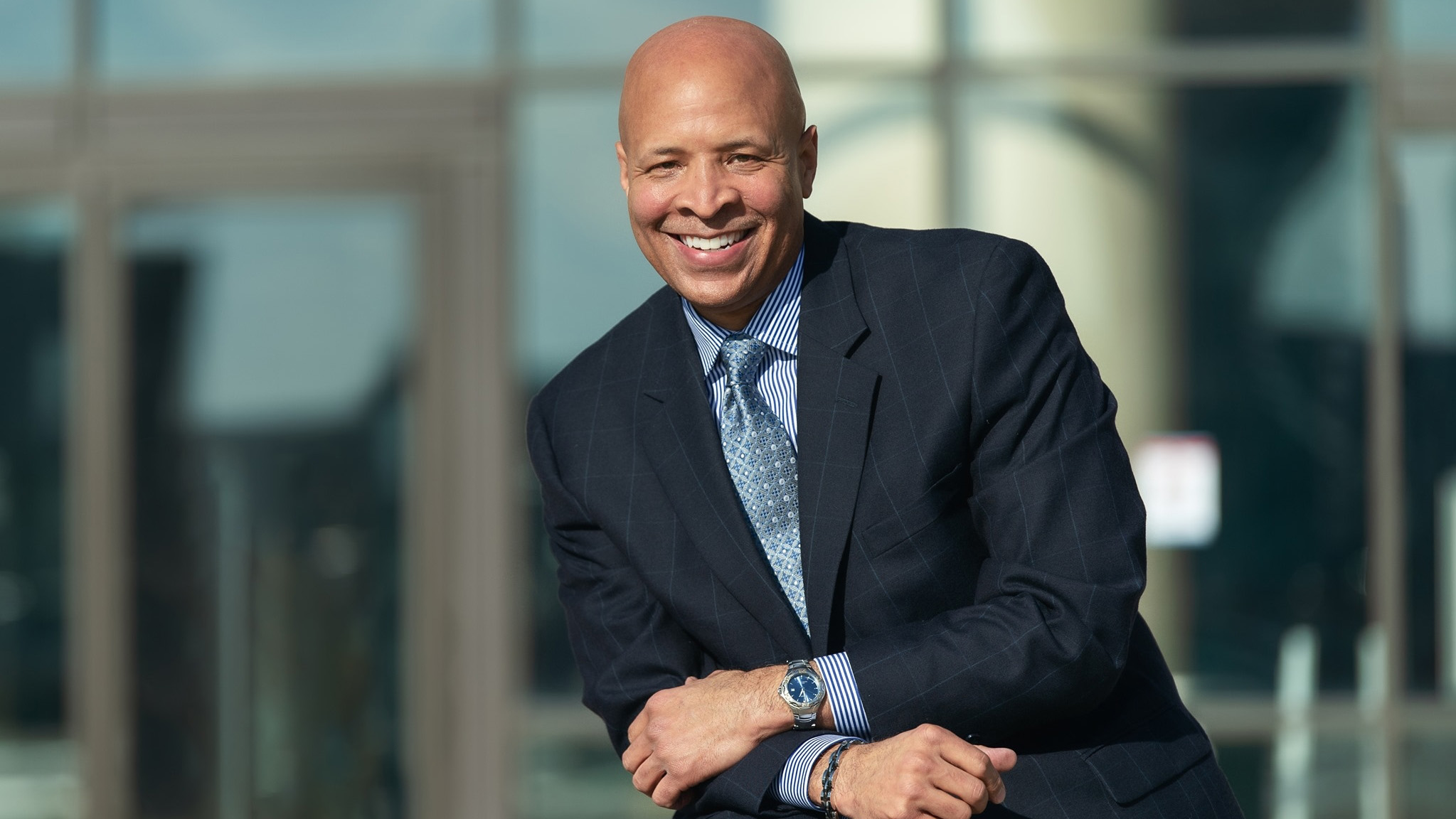
SCOTTY JOHNSON
Scotty Johnson has shown leadership on Public Safety issues, but his opposition to the sale of the Cincinnati Southern Railway puts the long-term fiscal health of the City at risk.
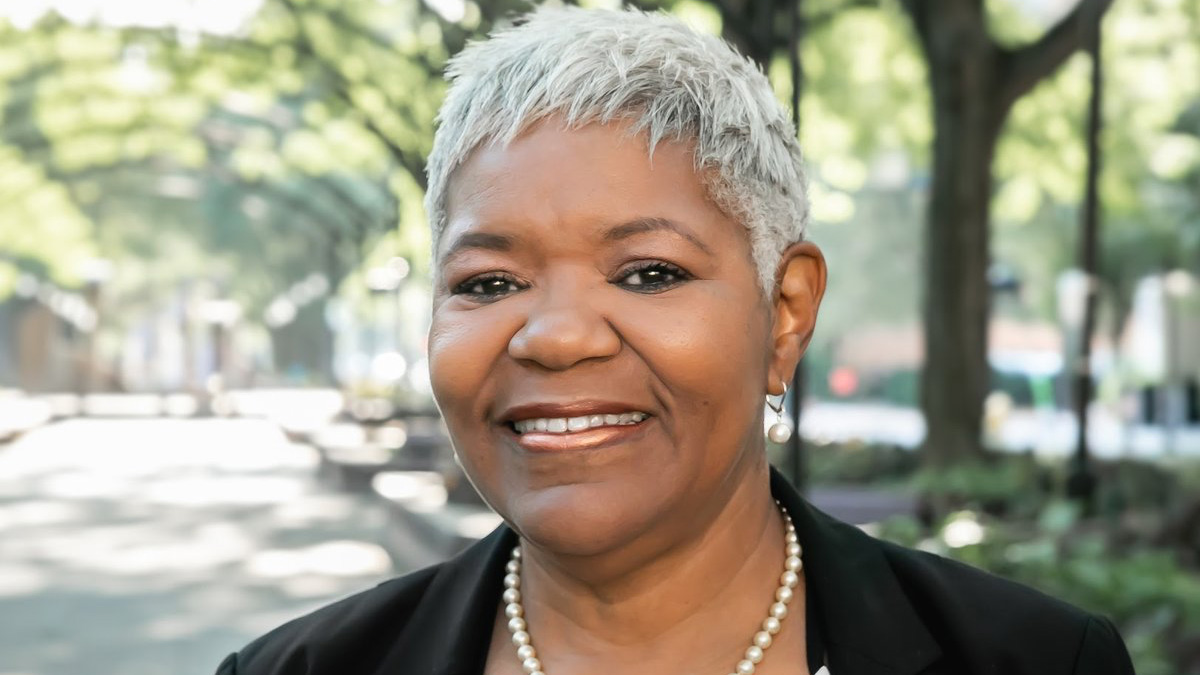
VICTORIA PARKS
In her first term, Victoria Parks has not proven to consistently align with the Chamber’s pro-growth agenda. We encourage her to do additional engagement with business leaders to embrace policies that support growth.
As a 501(c)6 non-profit, the Chamber does not make endorsements of candidates for offices. These perspectives are shared to inform our members and the general public in advance of the election.
